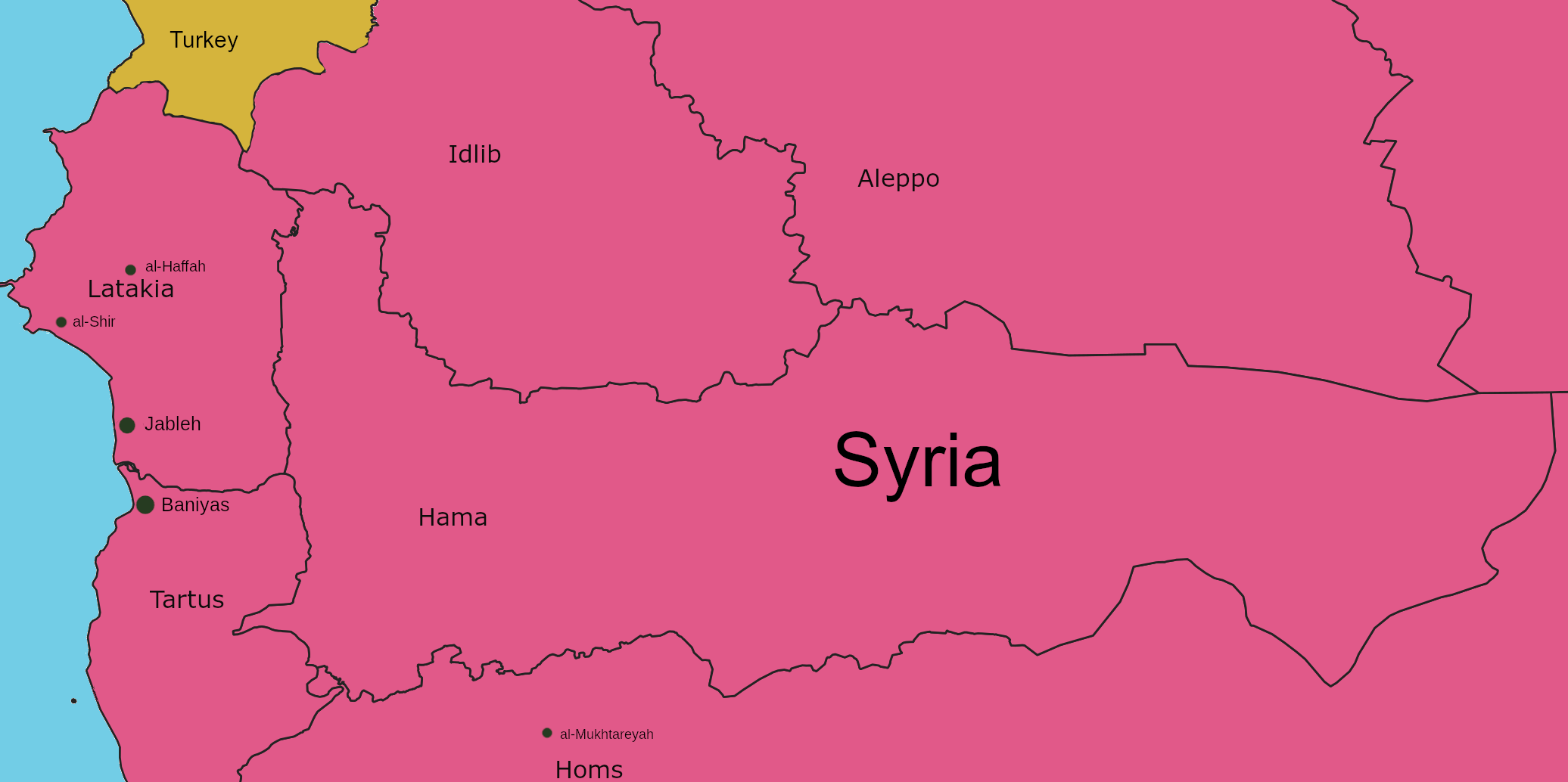Thursday’s reports of fighting between the Syrian government and Alawite militias in Latakia Governorate have exploded into what some are calling an outright insurgency, with hundreds of people killed and reports of the ruling Islamists of the Hayat Tahrir al-Sham (HTS) carrying out mass executions of members of the Alawite minority. 162 Alawite non-combatants were reportedly executed.
Exact figures are difficult to confirm so far, but between Thursday and Friday over 200 people have been killed in the ongoing fighting. This includes combatant death tolls of 50 government fighters and 45 militia members.
The fighting centered on Jableh, in Latakia Governorate, where Alawite militias carried out an organized joint attack on HTS government forces. Large numbers of government reinforcement have been sent to the area, but only some are involved in the fighting in and around Jableh.

Other government forces attacked Alawite villages across the area, including al-Mukhtareyah in Homs Governorate, al-Haffah and al-Shir in Latakia Governorate, and smaller villages in the immediate vicinity of Jableh and Baniyas. Troops from the Defense Ministry and forces from the Interior Ministry reportedly rounded up Alawite men and carried out summary executions. 162 civilians were reported killed in those incidents on Friday. Mostly men were executed, but 13 women and 5 children were also said to have been slain.
The death toll in al-Mukhtareyah alone from executions was at least 30. The government has not directly commented on the killings, but state media quoted an unnamed official attributing them to people “seeking revenge” for the violence against government.
HTS leader Ahmad al-Sharaa (formerly known as Abu Mohammad al-Jolani), who is also the de facto ruler of Syria since December, has issued a statement demanding that all Alawites surrender completely and disarm. He further declared that they had made an “unforgiveable mistake” in resisting security forces.
Sharaa went on to vow to continue his effort to totally monopolize weapons ownership in the hands of the central government, declaring that “there will be no more unregulated weapons” in Syria.
The fighting around the Alawites has picked up precipitously since December, when the HTS led forces that ousted the Assad government. Assad was himself an Alawite, and the government has launched multiple violent crackdowns on Alawite parts of the country, presenting it as a move against “remnants” of the Assad forces. Indeed, even the fighting in Jableh was presented as attacks by militias loyal to one of Assad’s old generals.
Alawites only make up about 10% of Syria’s population, mostly concentrated in the northwest. They follow a religious sect that is closely related to Shi’ites, and with Sunni Islamists taking power in Syria in December, a number of them have fled to neighboring Lebanon over the earlier crackdowns.
Sectarian tensions, combined with Assad’s link to the Alawites, have made the minority a target for the HTS, though ordinary Alawites point out they didn’t have any more privileges under Assad’s rule than the rest of Syrians had. There is growing fear among the community that they are to be used as a scapegoat for the crimes of the old government.


